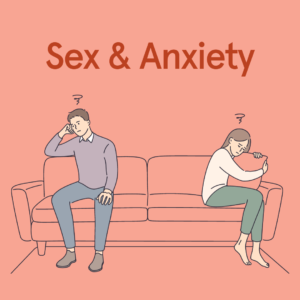Veterans of the Vietnam war have sadly raised our awareness of the existence of Post Traumatic Stress Disorder (PTSD). PTSD is a chronic, sometimes lifelong condition resulting in pathological changes in mood, thinking and behavior. It can be incapacitating and lead to job loss, family turmoil and dissolution, poor quality of life and often suicide.
We now understand that the development of Post Traumatic Stress Disorder has its basis in enduring alterations of brain function, which helps to explain the chronic, persistent nature of this disorder. Treatment can be helpful but frustratingly inadequate. Unfortunately, there is no “magic bullet” medication. Research has supported the use of specific psychotherapeutic protocols but community availability can be a problem.
While PTSD’s origins stemmed from war related trauma, we now understand that a wide spectrum of life stressors can result in this disorder. The twenty-first century has brought terror attacks to the world stage. “Lone wolf” attacks, Islamic terrorism, and most recently, violence against the police have become a national preoccupation. In previous decades, our awareness of Post Traumatic Stress Disorder was based on either our familiarity with individuals suffering from this disorder or the occasional print news article. However, the media technology revolution of our current century has brought us both the blessing and curse of 24/7 connectivity to world and national events.
Post Traumatic Stress Disorder and Media Coverage of Traumatic Events
For several years, the therapists at the Center for Treatment of Anxiety and Mood Disorders have been very concerned about the repetitive exposure to traumatic life events that people experience via internet and television broadcasts. Recent terror attacks around the world are cases in point, for one cannot avoid the media’s persistent replaying of the visual imagery and dramatic accounts of these human tragedies. Before the media revolution we learned of traumatic events through the newspaper, the 6:00 pm news, or the news hour on the radio. One only has to recall the steady calm recitation of bad news by the likes of Walter Cronkite and compare it to the present day dramatic and horrifying presentation of similar news stories. Clearly, horror sells and is profitable. We have become captive audiences for this traumatic exposure. To make matters worse, we are transfixed by it and have difficulty “unplugging” ourselves from the TV set or internet. This brings our therapists to their greatest clinical concern. Repetitive exposure to graphic trauma has an impact on our central nervous systems. Even though we may not be the victim of the terror, we are passively being terrorized. Adults have a greater capacity to process such horror, but imagine the difficulties this creates for our children. Their immature nervous systems and reasoning ability pose significant obstacles for coping with this type of daily non-stop life stress. We fear that we are all becoming victims, in our own way, of the “madness” we are being exposed to. We have a responsibility to control our children’s exposure to traumatic media and to prevent the damage that can result. As adults, we should heed this advice, as well. Ultimately, we must change the way that public media communicates traumatic events, however, this is easier said than done.Dr. Andrew Rosen
Dr. Andrew Rosen PHD, ABPP, FAACP is a Board-Certified Psychologist and the Founder and Director of The Center for Treatment of Anxiety and Mood Disorders, as well as, the Founder of The Children’s Center for Psychiatry Psychology and Related Services.





